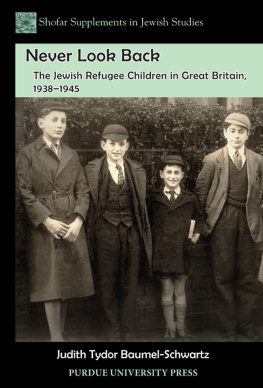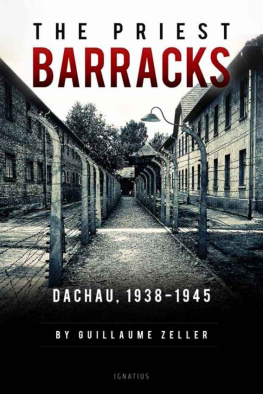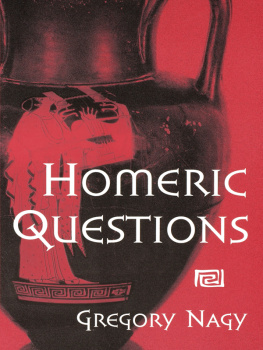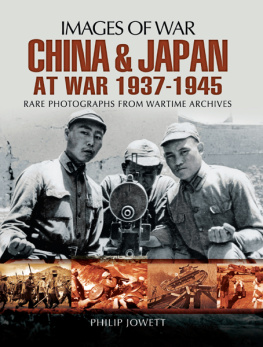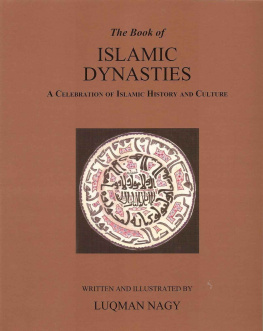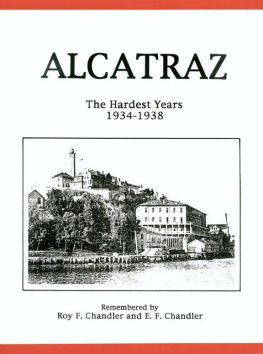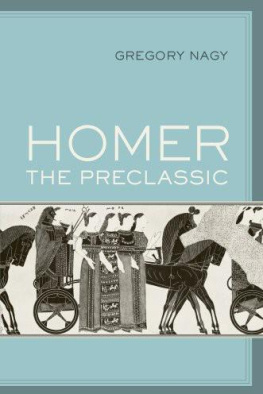Fateful Years
19381945
Vilmos Nagybaczoni Nagy
with a Foreword by
George Schpflin
2017 Bla Nagybaczoni
All rights reserved
KKL Publications LLC, Helena History Press
Reno, Nevada USA
Publishing scholarship about and from Central and East Europe
www.helenahistorypress.com
Distributed by IngramSpark and available through all major e-retail sites
info@helenahistorypress.com
Originally published as Vgzetes Esztendk: 19381945 (Budapest, Krmendy, 1947)
Translated from the Hungarian second edition (1964) by Thomas Cooper
Maps created by Kroly Kocsis and Norbert Agrdi: MTA RCAES Geographical Institute: Budapest
The translation of this work was underwritten in part by Edina Gaspar Jennison in memory of her father Dr. Edmund Gaspar
Graphic Design: Sebastian Stachowski
Archival Photography: Pter Szikits
Table of Contents
Foreword
Gyrgy Schpflin
History, as is so often repeated, is generally written by the victors. Sometimes, though, the victors are defeated and the suppressed voices of those the victors had intended to cast on the scrapheap of history are heard again. This does not mean the rewriting of the past, an exercise in falsification, but accepting the diversity of how the past is understood and how different eras see their pasts differently.
Secondly, memoir literature must be understood on its own terms. Crucially, it is written within the moral assumptions of its own time, not ours. To repeat L.P. Hartley's oft quoted sentence, "the past is a foreign country: they do things differently there". What the author of a memoir regarded as self-evident modes of feeling and perception are not ours and, given the inevitable psychological remoteness involved, we have to make an effort of interpretation that can go counter to our own assumptions, to our own baggage. If we fail to read the view of the past as seen by contemporaries on their terms, we readily fall into the trap of projecting our moral values onto that past and thereby misjudge it. The temptation to do so is very strong, especially if there is a political or cultural agenda lurking in our assessments.
The communist rulers of Hungary did this consciously and deliberately, for they were seeking actively to rewrite the past for their own needs. The residues of these rewritings have not disappeared. There are far too many who paint the past in the darkest hues possible in order to secure their own values in the present. The Hungarian past, not least the interwar period, is widely seen in overwhelmingly negative terms and the actors of that time are written off as fools or knaves, the latter mostly.
This is the significance of the memoirs of Vilmos Nagybaczoni Nagy. It casts a light different from the one insisted on by the communist historians of Hungary on Hungary's role in the Second World War. And because the memoirs were written immediately after the eventsfirst published in 1947 and then republished in 1986they have an authenticity and immediacy that the best of memoir literature provides.
What is clear from this account is that Nagybaczoni was well aware of the dilemmas besetting Hungary before and during the War. This demands an analysis and will establish a context in which to place the memoir. Basically the dilemma is that of the small state at risk from the machinations of more powerful international actors and the limits to agency. In the case of Hungary, the dilemma was made more acute by "the loss of empire" syndrome, the Treaty of Trianon, by which pre-1914 Hungary lost two-thirds of its territory and around a third of its indubitably Hungarian population, to which can be added the c.6-7 million non-Hungarians. This was an acute trauma, a defeat for the pre-1914 ruling elite, and a perpetual reminder of the radical reduction in the country's room for manoeuvre.
Furthermore, the end of the First World War was followed by around a year of political chaos (19181919) during which incompetent leftwing governments sought to find a way out of the mess and ended up creating an ever larger one. The 133 day Hungarian Soviet Republic was finally put down by the military intervention of the Romanian armed forces, intervention being justified as the defeat of communism and, equally, by the spirit of revanche for the defeat of Romania during the War itself. The occupation of the country by the Romanian army (from August 1919 to March 1920) and the depredations that accompanied it only added to the sense of trauma and humiliation.
Then, before 1914 Hungary was broadly confident of its modernitystill visible in Budapest's architectureand its particular sense of the future. That future was wholly destroyed by the War and its consequences. During the War, Hungarian casualties were around 800,000 and after Trianon, a substantial number of Hungarians (over 300,000 according to estimates) opted to go to Hungary rather than live in one or other of the successor states; some were expelled. The integration of these returnees, not least members of the state administration dismissed by the successor states, took a long time and added to the trauma. In all, the chaos added up to a collapsepolitical, economic, social, cultural.
Not surprisingly in the circumstances, the year of chaos effectively destroyed the chances of a social transformation, such as was introduced in neighbouring Austria, and ensured that the pre-1914 elite would return power as the only elite with the necessary political skills and experience. This meant that the pre-1914 social order changed only marginally and remained hierarchical.
Much has been writtenmostly negativelyabout the backward-looking, "reactionary" character of this elite. This view (favoured by the left) seriously distorts the situation and misstates the problem of consolidation after the year of chaos and the trauma of Trianon. Hungary's political system after Trianon placed stability and security at its centre. The confidence of the pre-1914 period was gone, but it was the only elite with the political skills to reestablish a viable system. This system preserved some of the elements of the pre-1914 order under the aegis of Admiral Horthy as regent. The monarchy remained in being, but there was no agreement as to who the monarch should be; gradually the issue slipped off the agenda. In practice, the system was put together above all by Istvn Bethlen, the prime minister from 1921 to 1931; it was semi-consensual and semi-authoritarian. And there was striking contrast between the modernity of Budapest and the pre- or semi-modernity of the countryside.
The Horthy order allowed a good deal of latitude to the expression of various opinions, as long as the system itself was not threatened. Elections were indeed held to ensure the hegemony of the ruling party and these were neither fully free or fair, but there was competition and parliamentary debates were real enough. By the criteria of the 1920s, the system worked adequately to secure the power of the elite and, equally, to offer some space for alternatives. But it had an Achilles heel, the peasantry, which the country's economy could not really integrate fully. The problem of rural poverty, of the landless peasantry, smallholders and dwarfholders could not be resolved without industrialisation and the country lacked the capital resources to achieve this. Besides, with consolidation as the primary aim, the elites preferred a rather static model of ruleunsurprisingly in the circumstances. It should be added that the competence of the technical intelligentsia and the professional classes was good.





